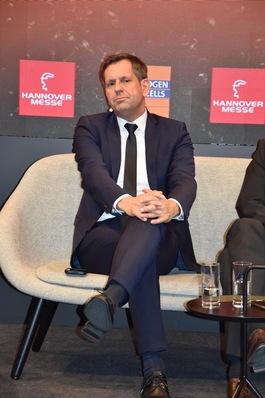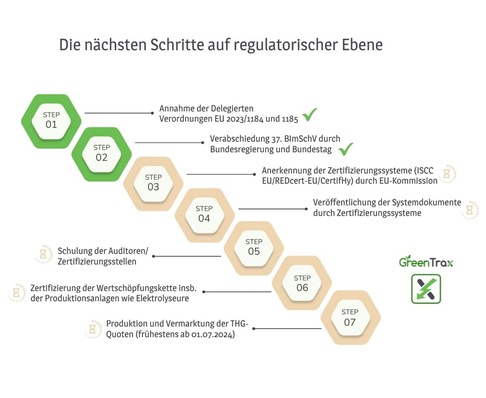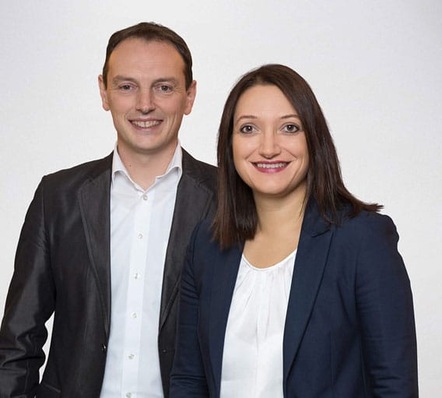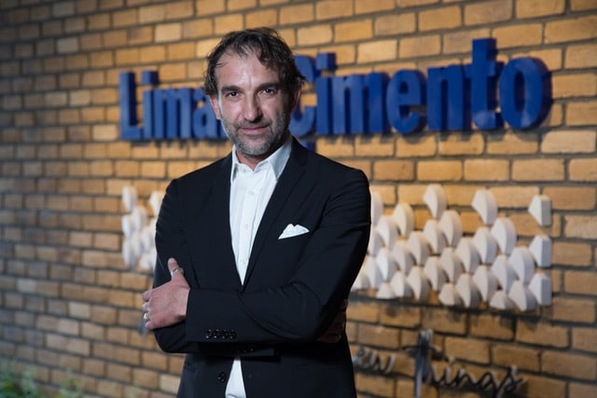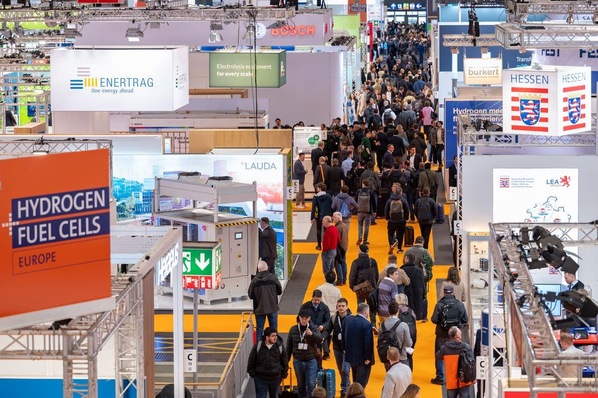H2-international: Honeywell is focusing strongly on a future with green hydrogen. Why?
Glover: Honeywell is aware of the enormous importance that green hydrogen will play in the clean energy transition. Because of its energy density, hydrogen is a good alternative to fossil fuels. It is therefore expected that the demand for green hydrogen will increase significantly in the coming years. A report from Wood Mackenzie shows that low-carbon hydrogen will account for seven percent of global energy demand by 2050, which corresponds to 211 million metric tons.
Global support and investment in green hydrogen confirms this, as governments around the world are adopting policies to promote its use. Among other things, Germany’s national hydrogen strategy aims to achieve its climate protection goals with the help of green hydrogen. Furthermore, the European Investment Bank and Germany increased the Green Hydrogen Fund at the end of 2023 to stimulate the global hydrogen economy.
Your company sees itself as a pioneer in the development of innovative solutions related to green hydrogen. What are they, for example?
Honeywell can look back on more than 50 years of experience driving innovation in the production and use of hydrogen. We offer solutions that cover the entire hydrogen value chain – from production to conversion, transport, storage and distribution.
Since 1966, when the first industrial application of our PSA (Pressure Swing Adsorption) technology came into operation, Honeywell has been leading in the field of hydrogen processing. To date, we have delivered more than 1,000 PSA systems worldwide that produce around 25 million standard cubic meters of pure hydrogen per hour, which plays a crucial role in improving production efficiency and scalability.
Another example are Honeywell’s catalyst-coated membranes (CCMs), which enable customers to produce a larger quantity of green hydrogen at a lower overall cost. Leading electrolyzer manufacturers have demonstrated that these membranes can produce 30 percent more hydrogen than current commercially available CCMs and reduce the cost of non-CCM stack components by 29 percent.
In what ways can Honeywell help significantly improve the efficiency of producing green hydrogen?
We are continually investing in research and development to enable even broader production with even greater end-to-end efficiency and cost savings. In addition to the CCM technology from Honeywell, we also support the development and scaling of next-generation electrolyzer technologies via Honeywell Ventures. This part of the company invests in early-stage, high-growth companies that have breakthrough technologies. Our strategic investment in the financing round of Series B from Electric Hydrogen contributed to a total of 198 million US dollars. This money is assisting Electric Hydrogen in the development of high-throughput electrolyzers, to reduce costs and increase efficiency for large-scale industrial and infrastructure projects.
What solution does Honeywell offer for building a hydrogen infrastructure, for example in terms of storage and transport?
In 2023, Honeywell introduced its LOHC (liquid organic hydrogen carrier) solution. This innovative technology enables the transport of hydrogen over existing oil and gas infrastructure. That is a safer and more cost-effective solution compared to other transportation methods currently on the market. With the LOHC technology from Honeywell, hydrogen gas is chemically bound to the liquid carrier methylcyclohexane (MCH). The MCH can be converted back into hydrogen at the intended destination.
The Hydrogen Council predicts that around 400 million tonnes of hydrogen and derivatives will have to be transported by 2050. Since producing green hydrogen is water-intensive, many countries around the world will need to import it. Our LOHC solution can increase hydrogen production by around ten percent and has the potential to produce between 3,000 and 100,000 metric tons of hydrogen per year.
What about the consumption of resources, including water, for electrolysis?
The consumption of resources, including water, is a crucial factor in hydrogen production via electrolysis. Our green hydrogen solutions are specifically designed to improve resource efficiency. The catalyst coated membranes (CCMs) from Honeywell optimize the process by significantly reducing the amount of water and other operating media for electrolysis. This also reduces the overall costs.
What is “revolutionary” about Honeywell’s developments?
The International Energy Agency (IEA) has highlighted the importance of utilizing existing industrial ports and infrastructure to create hubs for low-cost, low-carbon hydrogen. The LOHC solution from Honeywell is an example of this approach, because it uses existing fossil fuel infrastructure to transport hydrogen, which significantly reduces costs and improves scalability. Our technology not only contributes to the energy transition, but also strengthens investors’ confidence in the hydrogen economy.
Are your developments already usable in practice and scalable?
Yes. An example of this is our collaboration with ENEOS, a leading energy company in Japan. ENEOS will employ the LOHC technology from Honeywell at several sites to develop the world’s first commercial project for liquid organic hydrogen carriers. The ENEOS project shows how our technology can be integrated into existing transport networks. This strategic partnership with ENEOS is one of several projects in the field of hydrogen transport in which we cooperate with this company.
How does Honeywell fundamentally contribute to sustainable development in industrial production?
Our world today is based on hard-to-defossilize industries such as petroleum refining, gas processing, petrochemical production, and cement and steel manufacturing. The transition to cleaner energy solutions will take time here. Therefore, Honeywell is also developing solutions to reduce emissions from heavy industry today. An example is Honeywell’s technology for the capture of carbon dioxide (CO₂). ExxonMobil plans to employ our technology for CO₂ capture and hydrogen purification in a facility for the production of lower-carbon hydrogen in the USA. It is expected that with Honeywell’s technology, around seven million tonnes of carbon dioxide will be captured from this plant every year, which corresponds to the emissions of 1.5 million cars per year.
Interviewer: Monika Rößiger




